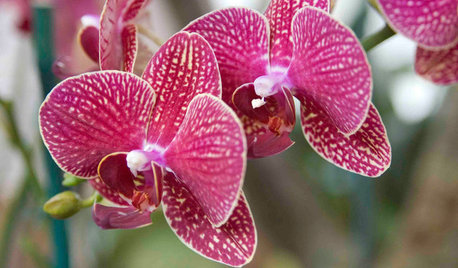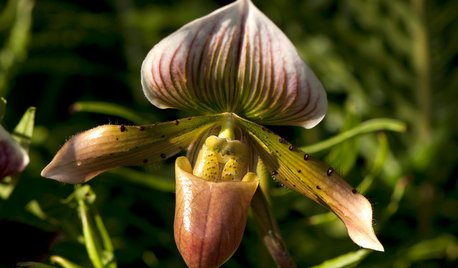cattleya leaf color
vtandrea
11 years ago
Related Stories

HOUSEPLANTSHow to Grow Orchids Indoors
Orchids are the exotic aristocrats of the flower world and can make themselves comfortable in almost any home
Full Story
HOUSEPLANTSOrchids 101: How to Keep Your Moth Orchids Alive and Blooming
Growing Phalaenopsis — and getting it to flower again — is easier than you might think
Full Story
HOUSEPLANTSOrchids 101: Slipper Orchid Success
If you don’t already love Paphiopedilums, learning how to grow them with ease might change your mind
Full StorySponsored
More Discussions








arthurm
vtandreaOriginal Author
Related Professionals
Clemson Landscape Architects & Landscape Designers · Marco Island Landscape Architects & Landscape Designers · Salem Landscape Contractors · Fort Myers Landscape Contractors · Framingham Landscape Contractors · Fridley Landscape Contractors · Harrisburg Landscape Contractors · Marlborough Landscape Contractors · New Baltimore Landscape Contractors · Salem General Contractors · Newington General Contractors · Reisterstown General Contractors · Sauk Village General Contractors · Solon General Contractors · Warren General Contractorsarthurm
ianbrazil
vtandreaOriginal Author
arthurm
vtandreaOriginal Author
arthurm
Darlene (GreenCurls)
Darlene (GreenCurls)
garlicgrower
vtandreaOriginal Author